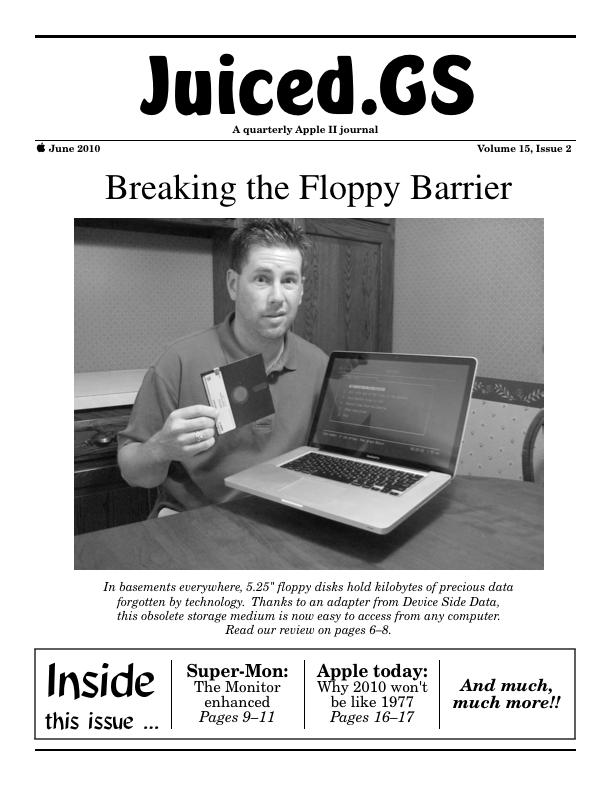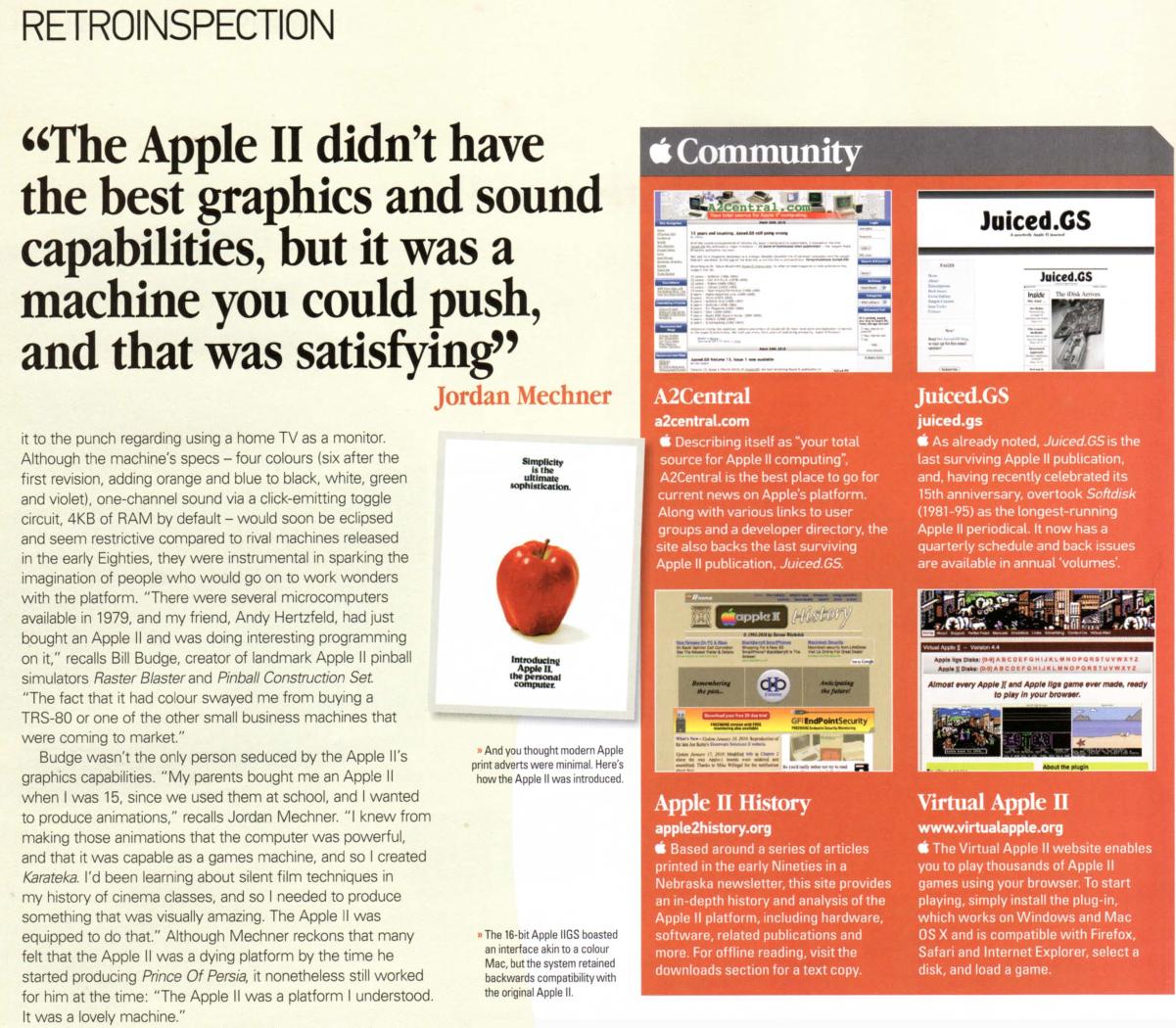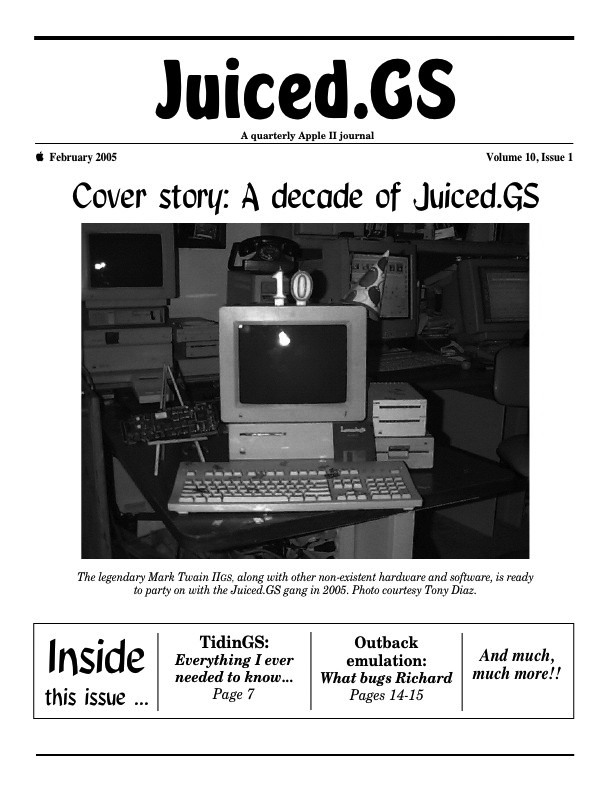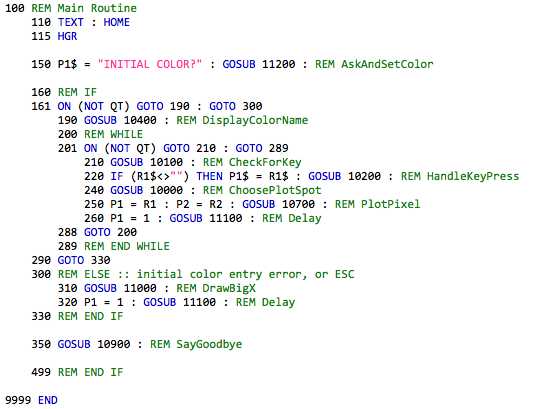
In my June 2010 editorial in Juiced.GS, I sang the praises of the staff, without whom this quarterly publication would not be possible. But who exactly are these people bringing you the world’s longest-running Apple II print publication?
The Juiced.GS staff consists of over a dozen men who are constantly communicating and collaborating behind the scenes. They pitch ideas, exchange resources, share drafts, and provide feedback on each article and issue. Not everyone writes for every issue, and some don’t write at all, instead choosing to provide insight and expertise. Every writer and editor is an integral component of the staff.
Each staff member has been profiled in his own “Meet the Staff” page, starting with Ryan Suenaga in Volume 10, Issue 3 (September 2005) and finishing with Martin Haye in Volume 15, Issue 1 (March 2010). You can also find brief profiles on this site’s “About” page, where you you can click on their headshot captions to visit their non-Juiced.GS homes on the Internet. There, you will find that their talents extend beyond writing and editing into programming, podcasting, blogging, and vending.
What our online staff roster doesn’t include are the many members of the Apple II community who have submitted articles without joining the official staff. Some occasional contributors end up joining the staff; others have commitments elsewhere in the community that prevents further obligations; still others come with a specific story to tell and move on when they’re done. We’re grateful for each and every author and article. Such contributions have come from Margaret Anderson, Evan Koblentz, Mark Munz, Mark Percival, Kelvin Sherlock, Antoine Vignau, Peter Watson, and Steve Weyhrich, to name a few.
Juiced.GS will remain in publication as long as there are stories to tell and people willing to tell them. To that end, we are always looking for new ideas, perspectives, and content. If there is an article you want to write or an author you’d like to see in Juiced.GS, please drop us a line!








